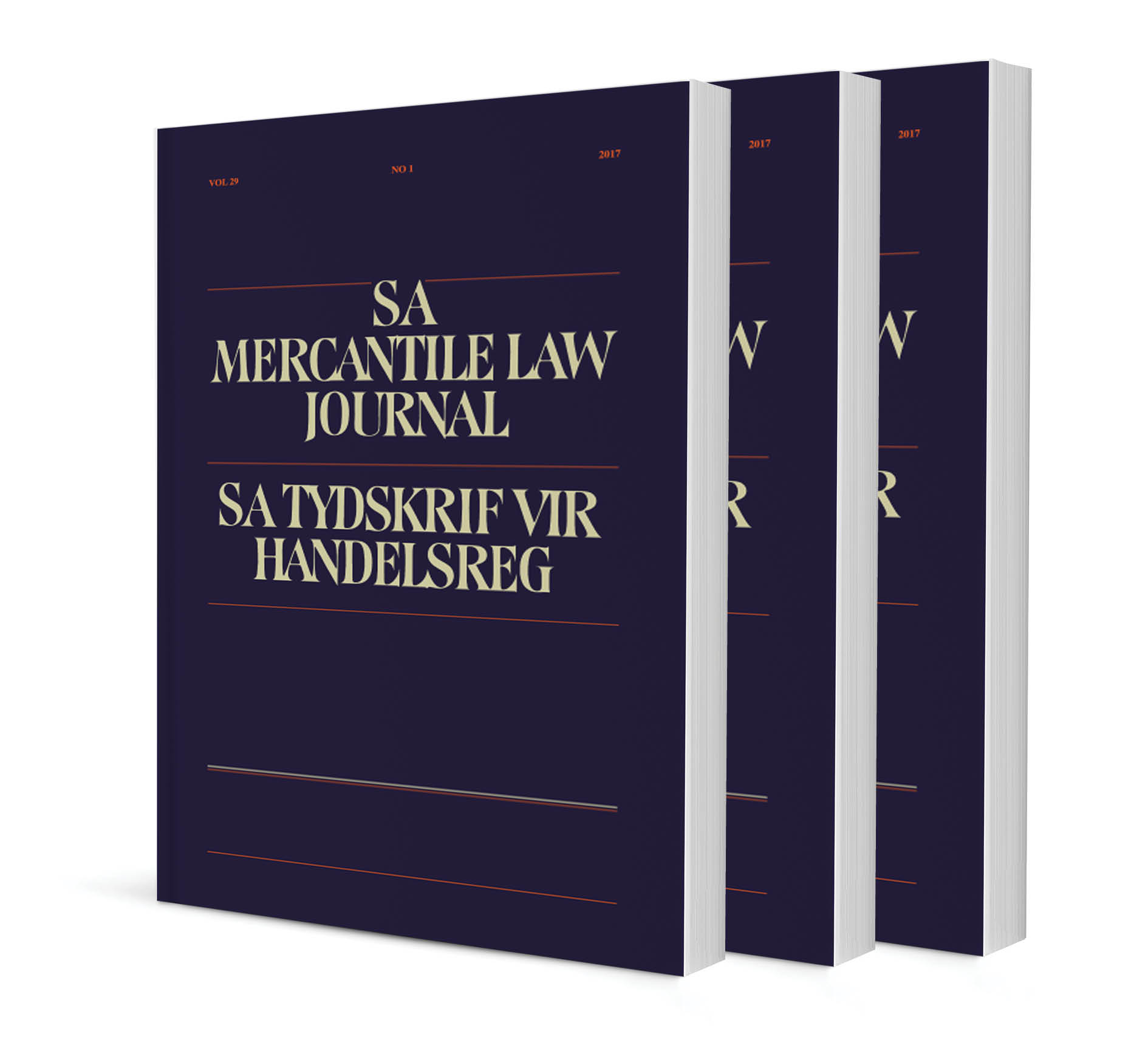Reinstatement in the Context of ‘Deemed Dismissal’: A Critical Analysis of Recent Case Law

Reinstatement in the Context of ‘Deemed Dismissal’: A Critical Analysis of Recent Case Law
Authors: Chuks Okpaluba & Mpfariseni Budeli-Nemakonde
ISSN: 1996-2185
Affiliations: Research Fellow, Centre for Human Rights, University of the Free State, South Africa; Professor of Labour Law, School of Law, College of Law, UNISA
Source: South African Mercantile Law Journal, Volume 34 Issue 1, 2021, p. 1 – 28
https://doi.org/10.47348/SAMLJ/v34/i1a1
Abstract
The ‘deemed dismissal’ or ‘discharge’ clause is not mentioned either in the reinstatement provisions of section 193 of the Labour Relations Act 66 of 1995 (‘LRA’), or indeed, in any other provision of that Act. Such an expression can be traced to several public sector employment statutes such as: section 14(1)(a) of the Employment of Educators Act 76 of 1998; section 59(3) of the Defence Act 42 of 2002; and section 17(3)(a)(i) and (b) of the Public Service Act 103 of 1994 (‘PSA’). Notwithstanding that the substance and process of the ‘deemed dismissal’ disputes are quite different from those encountered in the law of unfair dismissal under the LRA, the determination whether reinstatement would be made in such a circumstance has been guided by the provisions of section 193(2)(a)–(d) of the LRA. After discussing the important South African cases of Phenithi v Minister of Education 2008 (1) SA 420 (SCA); Minister of Defence and Military Veterans v Mamasedi 2018 (2) SA 305 (SCA); and Ramonetha v Department of Roads and Transport, Limpopo [2018] 1 BLLR 16 (LAC), and those from the Botswana and Namibian jurisdictions, it becomes obvious that the Ramonetha case was quite different from the others. The conclusion, therefore, is that the judgment of the Labour Appeal Court sends a clear message to the employer that the statutory discretion invested in it by the PSA requires it to act within a space of time; the PSA does not give the employer the unbridled power to literally approbate and reprobate at the same time.